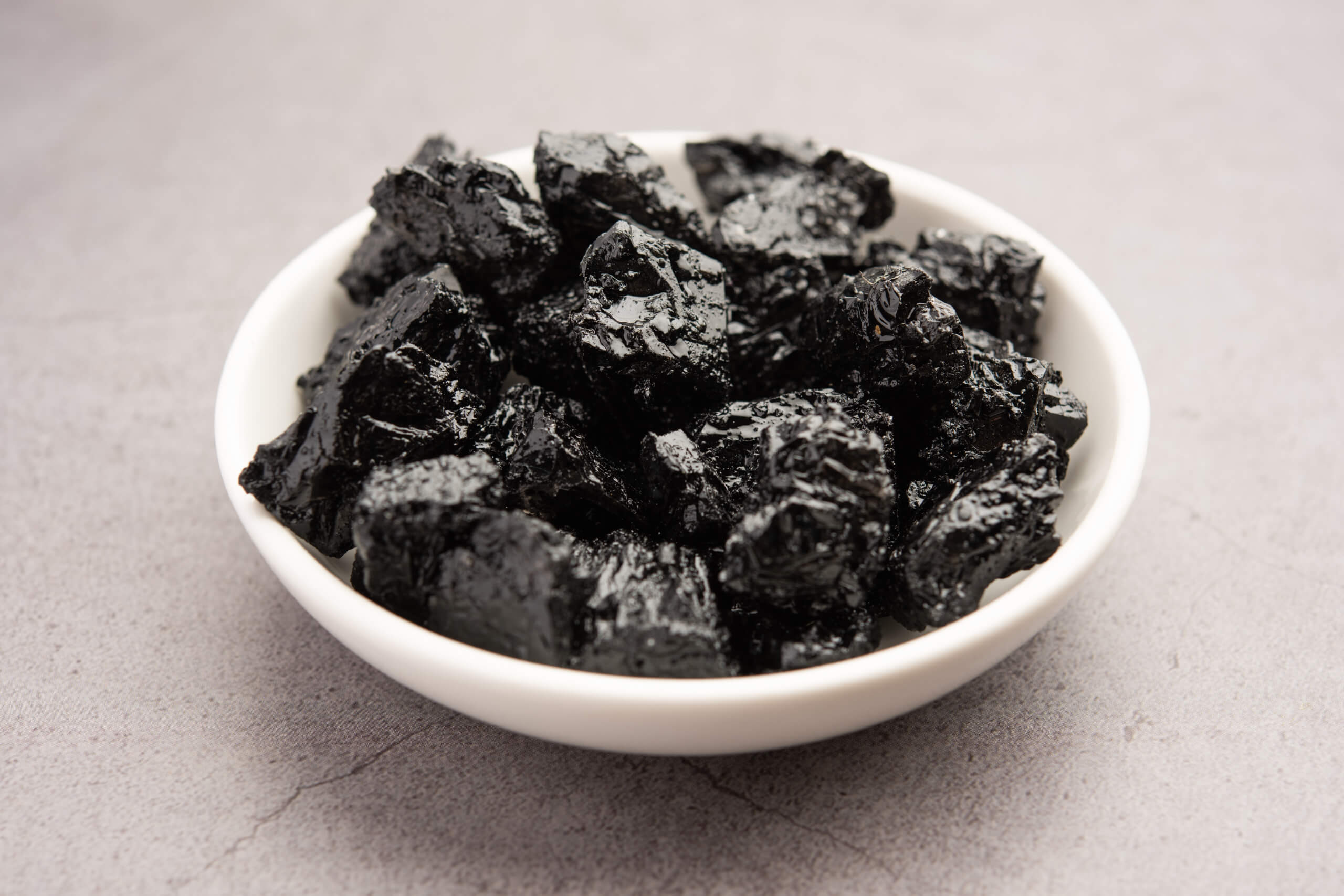Introduction to Strength Training and Muscle Growth
Strength training is one of the most effective ways to increase muscle mass. Whether you’re lifting weights or using your own body weight for resistance, the goal is to challenge your muscles, forcing them to adapt and grow. But what’s the best way to structure your workouts to achieve optimal muscle growth? Let’s explore.
The Science Behind Muscle Growth
What is Hypertrophy?
Hypertrophy is the process of increasing the size of muscle cells. When you lift weights, tiny tears occur in your muscle fibres. As your body repairs these tears, the muscles grow bigger and stronger. This is why proper strength training techniques, coupled with recovery, are critical for muscle growth.
Why Strength Training is Key
Strength training is essential because it directly stimulates the muscles, forcing them to adapt to heavier loads. As you progressively lift more weight, the body responds by increasing muscle size and strength. Without it, your muscles simply won’t grow at the rate you want.
Effective Strength Training Principles
Progressive Overload
Progressive overload means gradually increasing the amount of resistance or weight you’re using. This is crucial for muscle growth, as the body adapts to the increased stress by building more muscle.
Proper Recovery and Rest
Your muscles don’t grow while you’re working out—they grow while you’re resting. Make sure you give your muscles time to recover between workouts to maximize gains.
Time Under Tension
Time under tension refers to the amount of time your muscles are working during a set. Longer time under tension means more stress on the muscle, which can lead to better growth.
Best Strength Training Exercises for Muscle Growth
Compound Movements: Squats, Deadlifts, and Bench Press
Compound exercises work multiple muscle groups at once, which leads to faster muscle growth. Squats, deadlifts, and bench presses are three of the most effective compound movements. These should be the foundation of your strength training routine.
Isolation Exercises for Targeted Growth
While compound movements are great for overall muscle growth, isolation exercises like bicep curls, tricep extensions, and leg curls target specific muscles. Incorporate these to focus on weaker or lagging muscles.
The Importance of Form and Technique
Proper form and technique are essential to prevent injury and ensure that you’re targeting the correct muscles. Always prioritize form over lifting heavy weights to avoid setbacks.
Designing a Strength Training Routine
How to Structure Your Weekly Workouts
A well-structured strength training program should target different muscle groups on different days. A common approach is:
- Day 1: Upper Body (Chest, Shoulders, Triceps)
- Day 2: Lower Body (Legs, Glutes, Hamstrings)
- Day 3: Back and Biceps
- Day 4: Rest or Active Recovery
Reps, Sets, and Intensity for Growth
For muscle growth, aim for 8-12 reps per set and 3-4 sets per exercise. This rep range is ideal for hypertrophy. Adjust the intensity by increasing the weight as you progress.
Diet and Nutrition for Muscle Building
Macros: Protein, Carbs, and Fats
To build muscle, your diet needs to support your training. Aim for:
- Protein: 1.6-2.2 grams per kilogram of body weight
- Carbs: Provide the energy needed to fuel your workouts
- Fats: Support hormone production, including testosterone
Pre- and Post-Workout Nutrition
Pre-workout meals should be high in carbs for energy, while post-workout meals should contain protein and carbs to kickstart muscle recovery.
Supplementation for Muscle Growth
Importance of Testosterone Boosters
Testosterone is a key hormone in muscle growth, and natural boosters can help elevate your levels. These supplements can enhance strength, energy, and recovery.
Spotlight on Mr Test and Its Ingredients
Mr Test is a powerful supplement designed to boost testosterone levels naturally. It contains:
- Horny Goat Weed: Supports stamina and strength
- Shilajit: Known for its testosterone-boosting properties
- Turkesterone: A natural anabolic compound
- Fadogia Agrestis: Improves endurance and muscle mass
- Zinc: Supports hormone production
- Tongkat Ali: Increases free testosterone levels
How Mr Test Can Support Muscle Growth
Mr Test helps increase testosterone levels, which can lead to improved muscle recovery, more energy, and faster muscle growth. Its blend of natural ingredients makes it an excellent addition to your supplementation routine.
Rest and Recovery: The Hidden Key to Muscle Growth
Importance of Sleep
Sleep is when your body repairs itself. Aim for at least 7-8 hours of quality sleep per night to maximize recovery and muscle growth.
Active Recovery Tips
On rest days, incorporate light activities like walking or stretching to improve blood flow and recovery without overtraining.
Tracking Your Progress
Why Tracking Matters
Tracking your workouts and progress helps you stay consistent and see results. Whether it’s through a fitness app or a journal, document your lifts, reps, and how you feel.
Tools to Measure Strength Gains
Use tools like body composition scales, progress photos, and strength assessments to gauge your improvements.
Common Mistakes in Strength Training
Overtraining
More isn’t always better. Overtraining can lead to injury and burnout, which will set you back.
Poor Form
Bad form is a one-way ticket to injury. Always prioritize technique over lifting heavier weights.
Neglecting Nutrition
You can’t out-train a bad diet. Make sure your nutrition aligns with your goals.
Strength Training Myths Debunked
Lifting Heavy Makes You Bulky
Lifting heavy weights won’t make you bulky unless you’re specifically training and eating to gain significant mass.
More Workouts Equal More Growth
It’s about quality, not quantity. Rest days are just as important as workout days for muscle growth.
Conclusion: Putting It All Together
Building muscle takes time, dedication, and consistency. With the right combination of strength training, nutrition, and recovery, you’ll be on your way to achieving your muscle growth goals. Don’t forget to consider adding a supplement like Mr Test to boost your testosterone levels and support your overall fitness journey.
FAQs
1. How often should I train to build muscle?
Aim for 3-5 days a week, depending on your fitness level and goals. Ensure you have rest days to allow your muscles to recover.
2. Can women do strength training without getting bulky?
Absolutely! Strength training won’t make women bulky unless they follow a specific regime to do so. It helps tone and build lean muscle.
3. How long will it take to see muscle growth results?
Typically, noticeable results can appear within 6-8 weeks, but this varies based on your diet, genetics, and workout consistency.
4. What is the best supplement for muscle growth?
A combination of protein supplements, creatine, and testosterone boosters like Mr Test can help accelerate muscle growth.
5. Can I build muscle without lifting heavy weights?
Yes, you can build muscle using lighter weights with higher reps, but lifting heavier weights with fewer reps is more effective for building size and strength.
Related Posts
31/12/2024
Saw Palmetto: Support Prostate Health and Boost Testosterone
Saw Palmetto, a powerful herbal extract, has been a popular choice for men looking to support prostate health and…
21/12/2024
Fadogia Agrestis: Unlocking Natural Testosterone Boost
Are you searching for a natural way to supercharge your testosterone levels? Enter Fadogia Agrestis, a powerhouse herb…
09/12/2024
Top Protein Sources for Maximum Muscle Gain
Quisque non est quis libero ornare egestas vel ut arcu. Ut non mauris maximus, consectetur lorem et, interdum quam. Nam…
27/11/2024
The Benefits of Shilajit for Testosterone and Muscle Mass
Have you ever heard of Shilajit? This sticky, tar-like substance has been revered in Ayurvedic medicine for thousands…
15/11/2024
How TongKat Ali Boosts Testosterone: What You Need to Know?
Struggling with energy levels, mood swings, or difficulty gaining muscle? These could all be signs of low testosterone.…
03/11/2024
Strategies to Combat Male Hair Loss
Male hair loss is a common challenge affecting men worldwide, with a multitude of factors contributing to this concern.…
22/10/2024
How to Combat Fatigue and Increase Energy Naturally for Men
Fatigue can sneak into your life for several reasons, and when it hits, it feels like you're dragging yourself through…
28/09/2024
5 Lifestyle Changes to Improve Men’s Mental Health
Mental health is just as important as physical health, yet it often doesn't receive the attention it deserves,…
16/09/2024
How to Improve Prostate Health with Natural Supplements
Maintaining prostate health is crucial for men, especially as they age. A healthy prostate not only supports urinary…











